I Was a Teenage Half-Orc
D&D Lives On, After All These Years
from National Review
by John J. Miller
I remember exactly how it started: When I was a fifth grader, my mother encouraged me to read The Hobbit. So I did, and J. R. R. Tolkien's book filled my head with visions of wizards and warriors and dwarves and elves and goblins. A little while later, Mom drove me and a friend to a local toy store, where some guy was teaching kids to play a new game. It was called Dungeons & Dragons.
This weekend marks D&D's 30th anniversary — Saturday is Worldwide D&D Game Day, and in a couple of weeks we'll see the publication of a retrospective book, Thirty Years of Adventure: A Celebration of Dungeons & Dragons.
More on that in a minute. First, let me take a quick trip down memory lane.
During middle school, D&D was a big part of my life — and I mean a really big part of my life. No, I didn't put on chain-mail costumes or speak in a phony English accent because it sounded authentically medieval. But I could tell you the armor class of a minotaur and discuss fourth-level illusionist spells in impressive detail. And, at least for a while, it didn't occur to me that any of this made me a geek.
Isn't that how so many people think of D&D — as a pastime for pimply misfits? I recall that as I got older, a kind of social stigma descended upon the game. It just wasn't something for the in-crowd.
That's too bad, because there's a lot to admire about D&D and what it can do for kids by encouraging them to read, do math, and think creatively. A lot of my friends — the ones who didn't play D&D with me — raced home from school and turned on Woody Woodpecker cartoons. I was more likely to crack open my Dungeon Master's Guide and memorize how many gold pieces it took to buy a cloak of invisibility. Or perhaps write an adventure scenario, which I would call "The Isle of Doom" or somesuch. Or read a book about castles or catapults or Roman legions.
Then my family moved, cutting me off from old D&D companions. I did get a game going every now and then in high school, but it wasn't the same. Besides, I was growing up, and becoming increasingly concerned with what girls thought. I knew with utter certainty that they didn't want to hear about how my paladin character had earned a bunch of experience points for raiding a lair of bugbears.
Yet I've remained nostalgic about D&D. I still have a box, stashed away in the recesses of my basement, that holds a Player's Handbook, a Monster Manual, and, of course, the DMG with that big red monster on the cover. Duct tape is the only thing keeping these battered volumes together. Stuffed into the box with them are a collection of adventure modules, stacks of character sheets, and folders full of carefully drawn maps of cities, kingdoms, and worlds that have existed only in my imagination. It's a pretty big box, this one. And no — as I inform my wife every year or two — I won't get rid of it.
That's because I've long harbored a secret notion in the back of my mind: Wouldn't it be awesome to get a game going again?
There. I've said it. If you feel an urgent need to call me a big loser, I'm ready to take it like a man.
Dungeons & Dragons is quite simply an outstanding game, featuring players who use their imagination to solve puzzles and roll dice to slaughter fiends, all under the watchful eye of a Dungeon Master. The game has no winners or losers — a revolutionary concept that has left a heavy imprint on a generation of software designers. Happily, competition from computers didn't kill off D&D. Today, the traditional game is enjoying a Renaissance, following what might be considered a period of Dark Ages.
"More people play Dungeons & Dragons now than ever before," says Charles Ryan, D&D's brand manager. "Every year, we sell more copies of the Player's Handbook than we did during the 1980s."
Mind you, this isn't the same Player's Handbook. D&D is now in its third edition. Technically, the current set of rules is called version 3.5.
So what's the difference between the D&D of the 1980s and the game of today?
"Actually, it's easier to talk about what's the same," says Ryan. "The core experience remains one of playing characters who go on adventures."
Flipping through the Player's Handbook v.3.5, I see what he means. So much of it rings familiar, with ability scores (strength, wisdom, dexterity, etc.), character classes (fighters, rangers, clerics, etc.), and character races (those short, hairy-footed fellows are still called halflings, because the name "hobbit" remains copyright protected).
But there are some significant differences — or what might more accurately be called improvements. "We now have a unified d20 system," says Ed Stark, D&D's creative director. "In the old version, you used to roll different kinds of dice at different points in time. Sometimes you needed to roll high and sometimes you needed to roll low. Now, major task resolutions almost always begin with the roll of a 20-sided die and a high roll is always good." The other dice — four-sided, six-sided, etc. — still come into play, but the d20 is central to everything.
There's another important innovation. "We learned a lesson from Microsoft and opened up our system," says Stark. "Anybody can use it."
When TSR owned D&D in the 1980s, the Wisconsin-based company wouldn't let competitors create products for D&D. One of my favorite supplements was called "The Free City of Haven" — but it was put out by a separate company and conformed to a separate set of rules, which I promptly converted for my D&D purposes. TSR's licensing restrictions ultimately led to something of a creative impasse and contributed to the game's popularity hitting a plateau in the late 1980s and 1990s.
The trading-card game market also cut into D&D sales. In 1997, Wizards of the Coast (the maker of Magic: The Gathering) bought TSR, moved its employees to Washington state, and began reviving D&D. (Two years later, Hasbro acquired Wizards of the Coast.)
"We've really got our act together now," says Kim Mohan, who started working at TSR in 1979 and has remained with D&D through its ups and downs. He's especially proud of the way the rules have evolved: "We know how to couch them to avoid or eliminate confusion, make the learning curve shallower, and communicate ideas clearly and consistently."
By all appearances, the modern game looks sophisticated and — I'm not kidding here — totally cool. It doesn't hurt that the forthcoming book on D&D's history, Thirty Years of Adventure, includes a foreword by actor Vin Diesel and short essays by celebrity D&Ders such as Stephen Colbert of the Daily Show and musician Ed Robertson of the Barenaked Ladies. Those guys definitely make my cool list.
I'm especially intrigued by D&D's new campaign setting, Eberron. "This is the first campaign setting we've created from the ground up, using third-edition rules," says Stark. "It's a unique world where magic functions like a pre-industrial revolution technology and wizards are a part of the economy. Eberron has just survived a big war, which we've likened to our own First World War. Enemy nations have abandoned the battlefield for cloak-and-dagger conspiracy."
If I hadn't made plans to spend Saturday on the soccer fields — or, I should say, on the sidelines of soccer fields watching the action — I'd be tempted to participate in Worldwide D&D Game Day. Maybe I'll find a few minutes to stop by my local hobby shop, which is apparently one of the gazillion locations sponsoring some events. Perhaps I'll even pick up a copy of the Eberron campaign setting. You know, so I can look it over and tuck it away in that dusty box of mine. And when my kids are big enough, I'll be ready and eager to be a Dungeon Master again.
The first thing I'll do, though, is give my oldest a copy of The Hobbit — whose full title, as all Tolkien devotees know, is The Hobbit, or There and Back Again.







 what the Great Conjunction is. 'What's the Great Conjunction?'
what the Great Conjunction is. 'What's the Great Conjunction?' 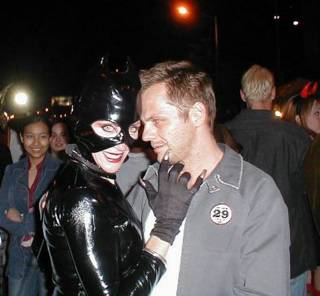
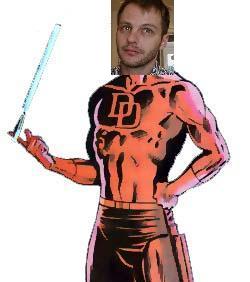



 A Is for Androids
A Is for Androids B Is for Boba
B Is for Boba C Is for Calvin
C Is for Calvin D Is for Dragons
D Is for Dragons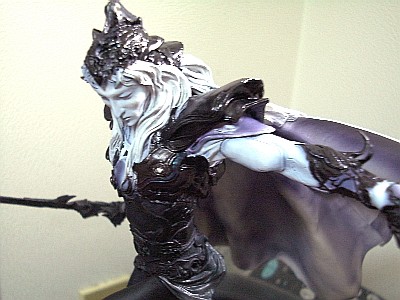 E Is for Elric
E Is for Elric F Is for Futures
F Is for Futures G Is for Genie
G Is for Genie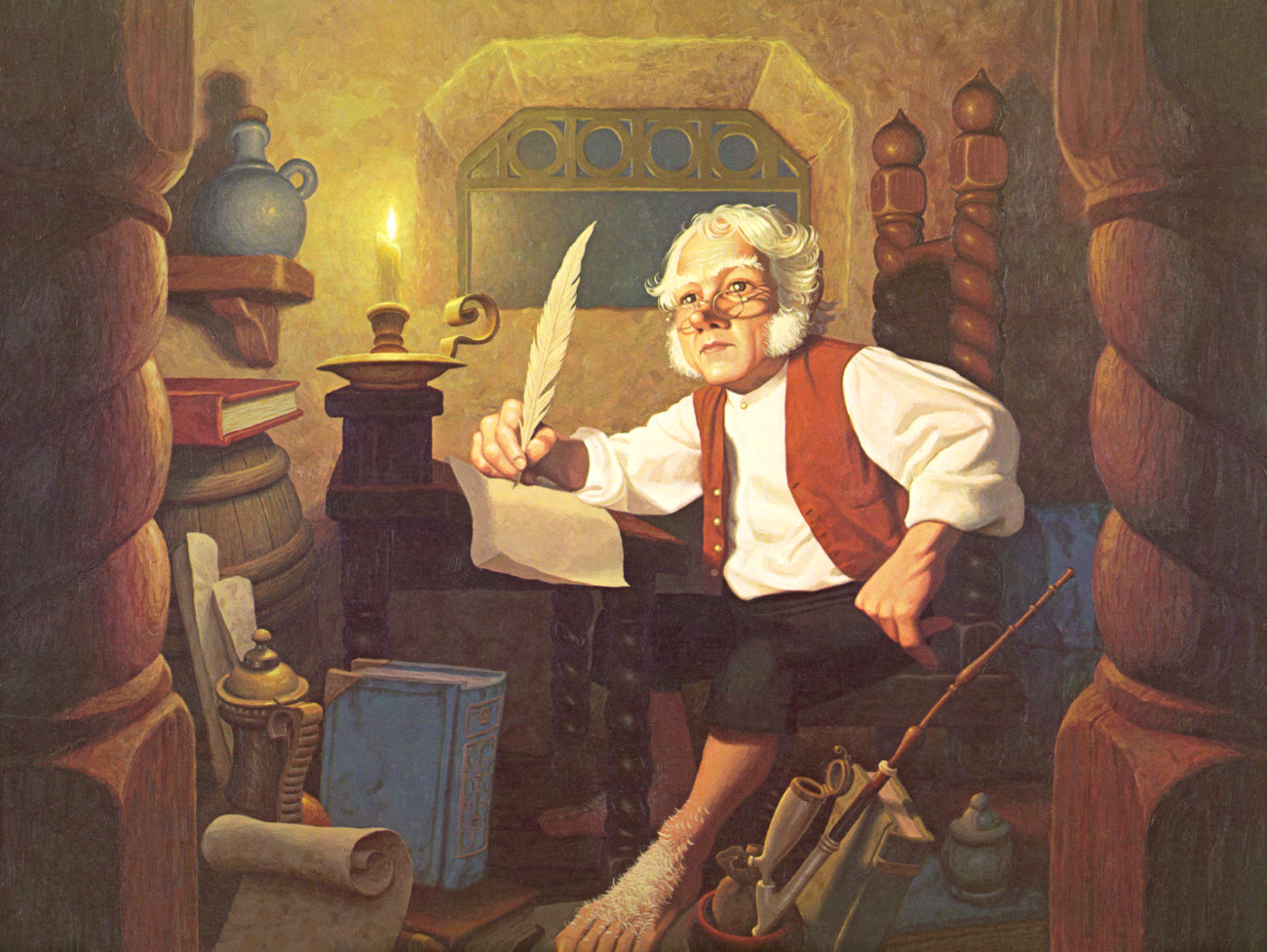 H Is for Hobbits
H Is for Hobbits I Is for Iceman
I Is for Iceman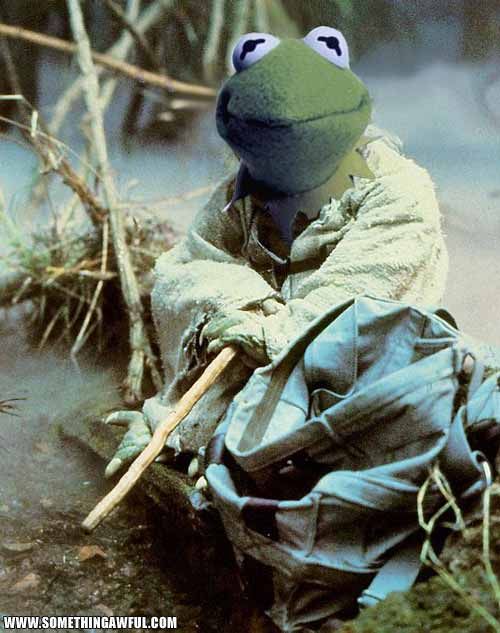 J Is for Jedi
J Is for Jedi K Is for Kraken
K Is for Kraken





















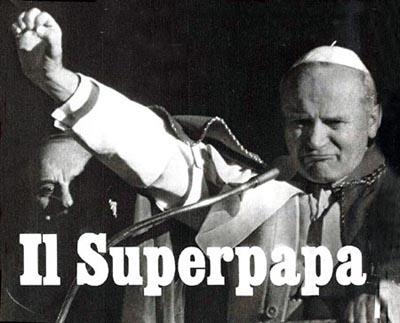











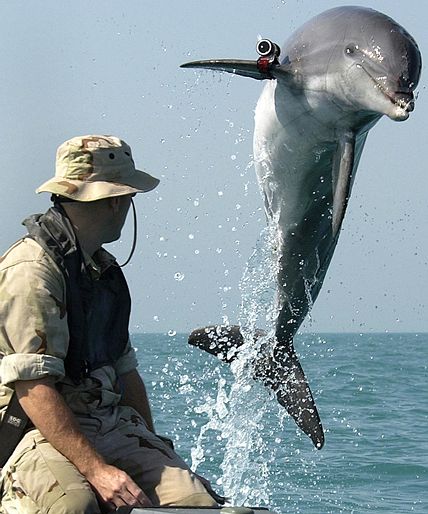

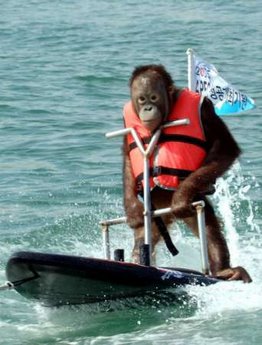





























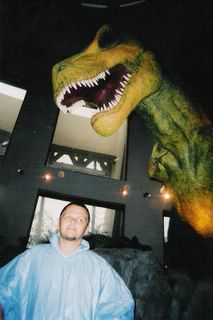



0 Comments:
Post a Comment
<< Home